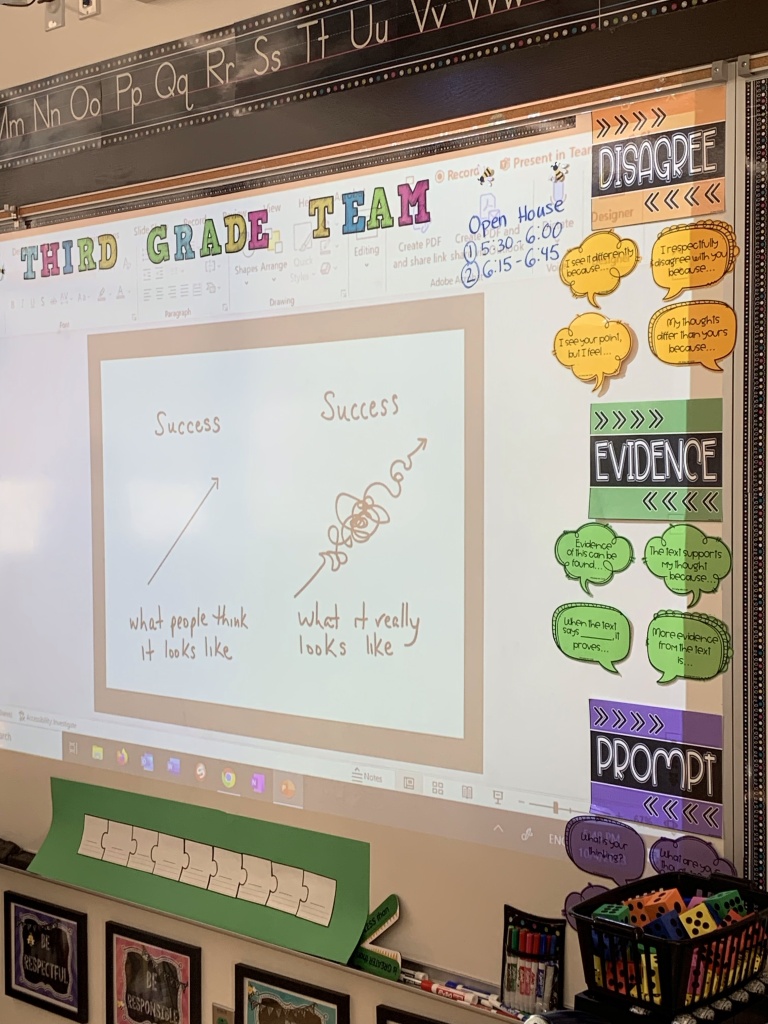“Every sunrise is a blessing, it’s an opportunity to learn something new and to create something that can benefit others. It also gives a chance to make amends. Use it wisely before sunset.” – Eugenia Herlihy
Have you ever seen that math exercise where two people stand something like 20 feet apart? And with each move, they divide the distance between them in half so after the second move, they are 10 feet apart and after the third, five feet.
In the end, the point is that there is an endless number of moves because they’ll always be some distance, even if infinitesimal, between them.
There is no finish line.
It reminds me how I feel about my self-improvement. There’s always room for growth.
Three recent things have inspired me to keep feeding a growth mindset. When Vicki and I talked with author Andrew Mayne, he described the year when he wanted to become an author. He set a goal to write ten books in a year. He’d write a book and then read a book on writing. I’ve been intrigued by the “feedback loop” as Andrew described it, even since that conversation.
Elizabeth from the Bleuwater blog took a photography course this Spring. As she shared her lessons on speed, aperture, focus, I realized how much I don’t know about photography, especially when I just grab a picture with my phone. You can see Elizabeth’s incredible photography that she submitted as her final here.
Vicki Atkinson wrote a fascinating post about editing last week, Learning to Rewrite. The conclusion that grabbed me? “Pack a punch with fewer words. Make every sentence count.”
The math exercise reminds me that we will never completely occupy the space of another person on this planet. These recent posts and conversations remind me that there are never ending ways to inspire each other and improve. Taken all together, it makes me feel so motivated and hopeful…and never bored.
(featured photo from Pexels)
You can find me on LinkedIn: https://www.linkedin.com/in/wynneleon/ and Instagram @wynneleon
I co-host a author, creator and storytelling podcast with the amazing Vicki Atkinson. To tune in, search for Sharing the Heart of the Matter on Spotify, Apple, Amazon Music or Pocketcasts (and subscribe) or click here. Or the YouTube channel features videos of our interviews. Please subscribe!
My other projects include work as a CEO (Chief Encouragement Officer), speaking about collaboration and AI through the Chicago Writer’s Association, and my book about my journey to find what fueled my dad’s indelible spark and twinkle can be found on Amazon: Finding My Father’s Faith.










